Radegast train station in Łódź is a historic railway station, known to have been used during World War II to deport Jews to the Łódź ghetto or to various extermination camps. Today there is a memorial here, which we have visited. An interesting and very powerful visit, which we do not want to undo.
Table of contents
By motorhome to Łódź in Poland
During this trip, we visited several Polish cities and then travelled around and discovered the eastern Czech Republic. On the way back to Sweden, we chose to stop in Łódź, Poland's third largest city. This city was long known for its textile production and was dominated by gigantic factories.
When the factories were forced to close down, many people became unemployed and the city began to decline, but more recently it has begun to flourish again. The (beautiful!) factories have been renovated and rebuilt to house restaurants, cafes, hotels, cinemas and museums. The city surprised us really and we will tell you more soon.
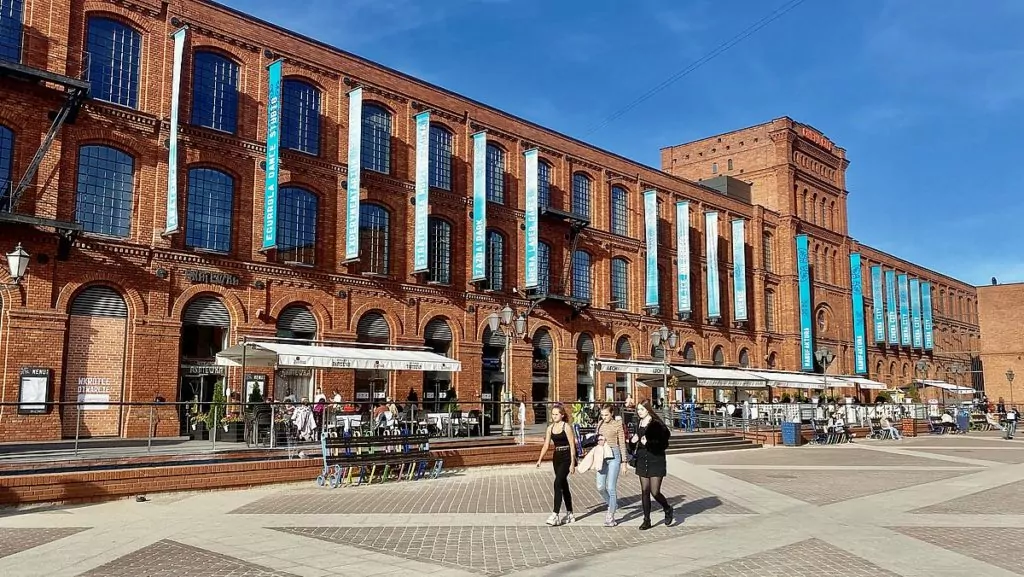
Łódź is located in central Poland, about 12 miles south-west of the capital city. Warsaw.
Radegast railway station
During World War II, the Radegast railway station in Łódź served as an arrival point for 38 000 Jews from Central Europe and around 5000 Roma, all of whom were squeezed into the Łódź ghetto (Litzmannstadt Ghetto) in 1941 and 1942.
Between 1942 and 1944, the station also served as a departure point for some 145,000 Jews deported by the Germans to the extermination camps of Chelmno on Ner (Kulmhof am Mer) and Auschwitz-Birkenau. From Auschwitz-Birkenau, some were moved on to other camps in Ravensbruck, Sachsenhausen-Oranienburg, Gross Rosen and Stutthof.
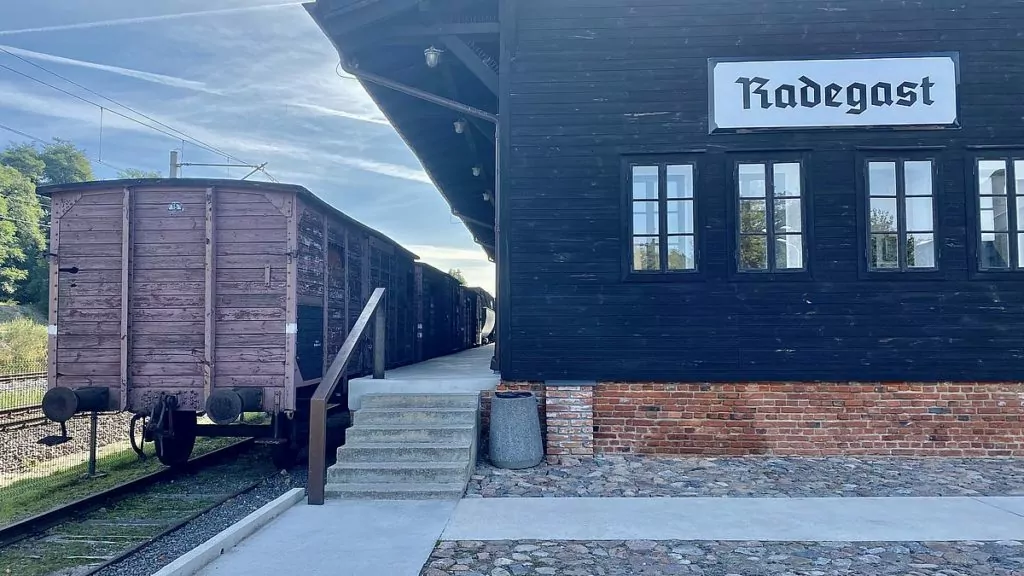
When the war came to Łódź
Before the war, more than 233,000 Jews lived in Łódź. In the first months of the occupation, around 75 000 Jews left the city, either fleeing or being forced to move to other areas. In November 1939, Łódź was annexed by Germany and in December a secret decision was made to open a ghetto.
In spring 1940, the ghetto was built and the city was renamed from Łódź to Litzmannstadt, on the orders of Adolf Hitler. More than 160 000 Jews were forced into the ghetto and cut off from the rest of the city.
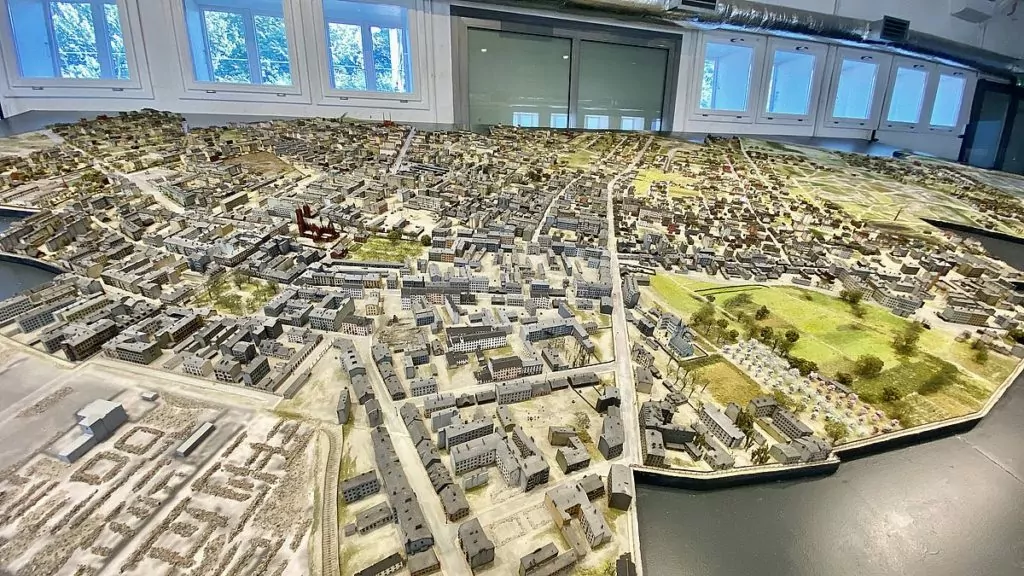
Jews and Roma were deported from various locations to the Łódź ghetto.
The ghetto was already crowded, and yet it was filled with new people. In autumn 1941, 4999 Jews were deported from Vienna to the Łódź ghetto. The elderly and people in poor health did not survive long, and died of hunger and disease, deprived of all their dignity. Others were transported to the Kulmhof extermination camp where they were murdered. Only 113 of these nearly 5000 Jews from Vienna survived the war.
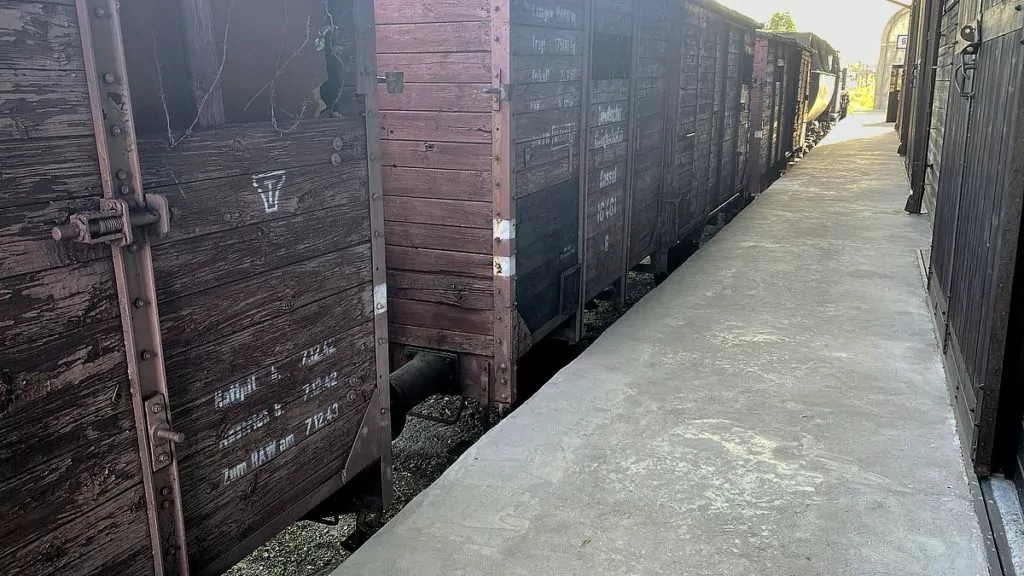
That autumn, 5007 Roma, 2689 of whom were children, were deported from Austria to Łódź. Completely isolated from the rest of the ghetto, they were crowded into five residential buildings, with up to 30 people in each room. They lacked heat, food and water and soon typhoid fever broke out, killing 600 people. Those who survived were sent to the Kulmhof extermination camp. None survived.
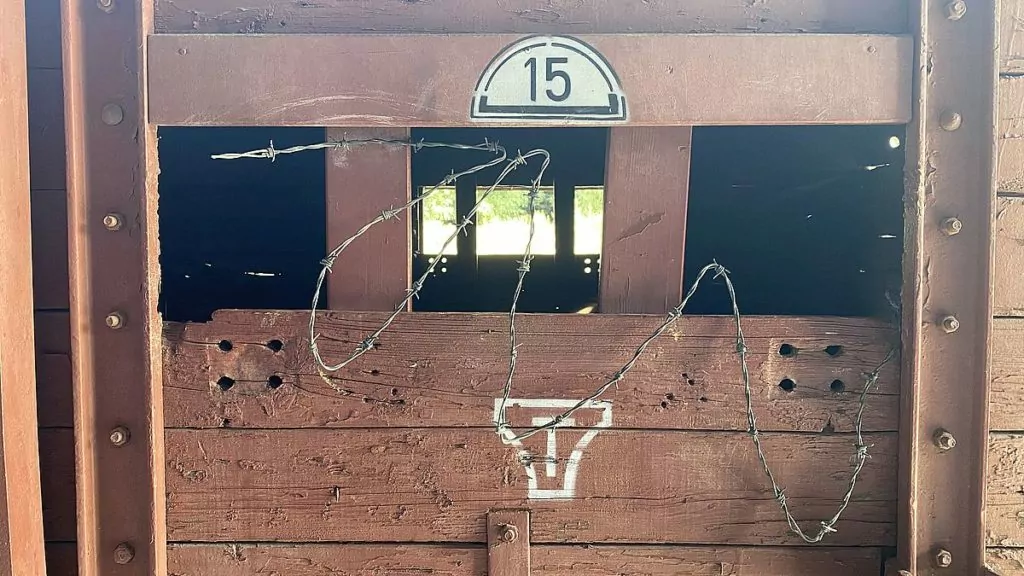
In autumn 1941, German authorities also deported a total of 4200 Jews from Berlin to the Łódź ghetto. Almost all of them died of hunger, cold or disease, or were murdered in Kulmhof or Auschwitz.
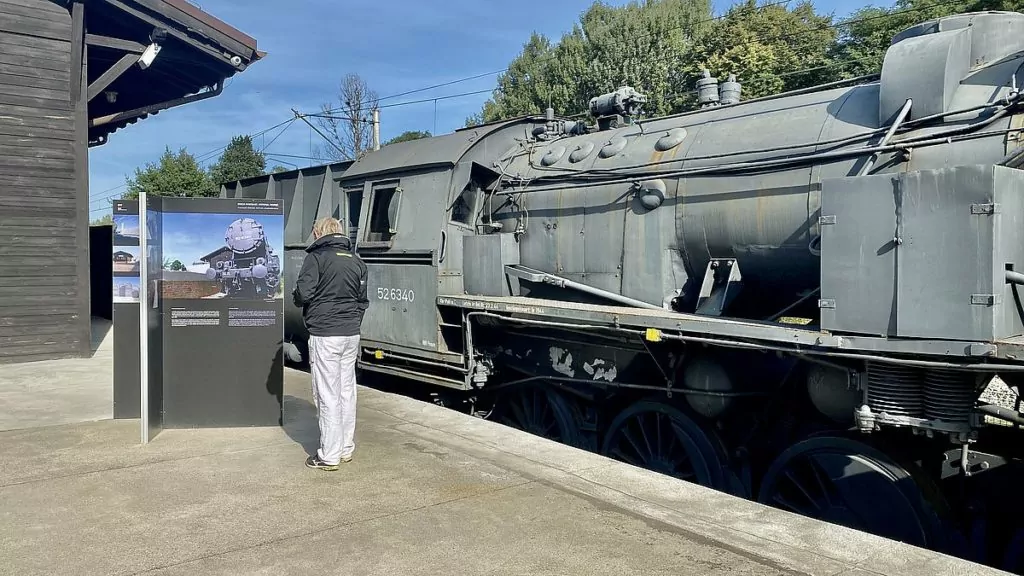
Memorial and museum at Radegast railway station
Today there is a memorial and a small museum at the Radegast railway station. You can see the station, a train with carriages, several information signs, and memorial stones commemorating the various concentration camps to which people were sent. You can also enter a building where a model of the ghetto has been constructed. There are also lists of names of all the Jews and Roma who were recorded.
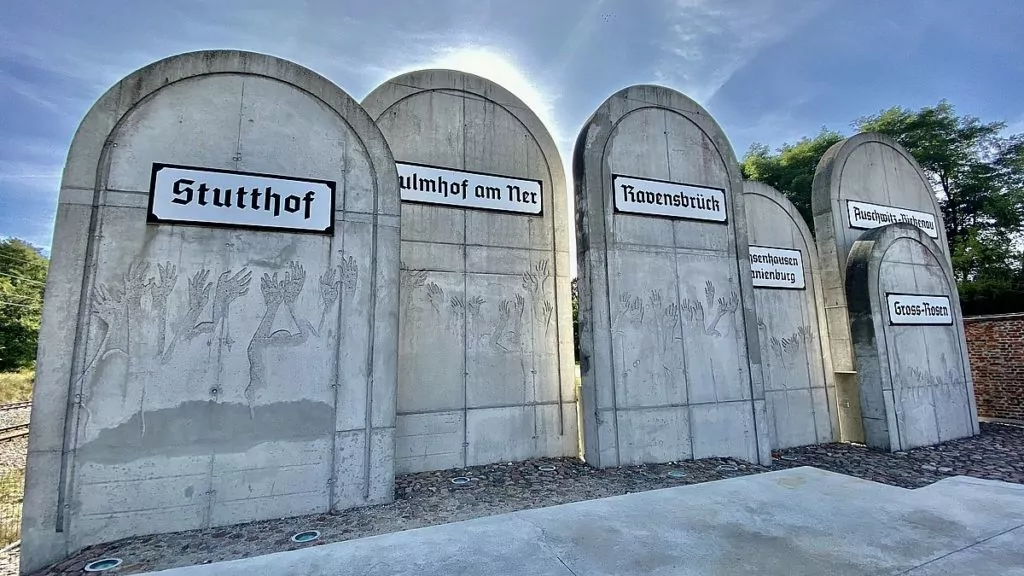
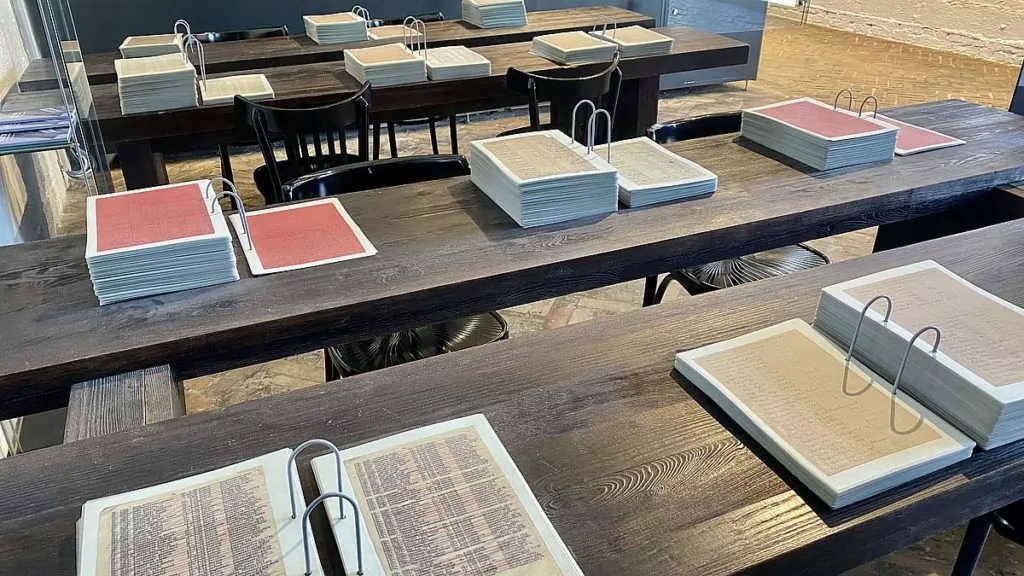
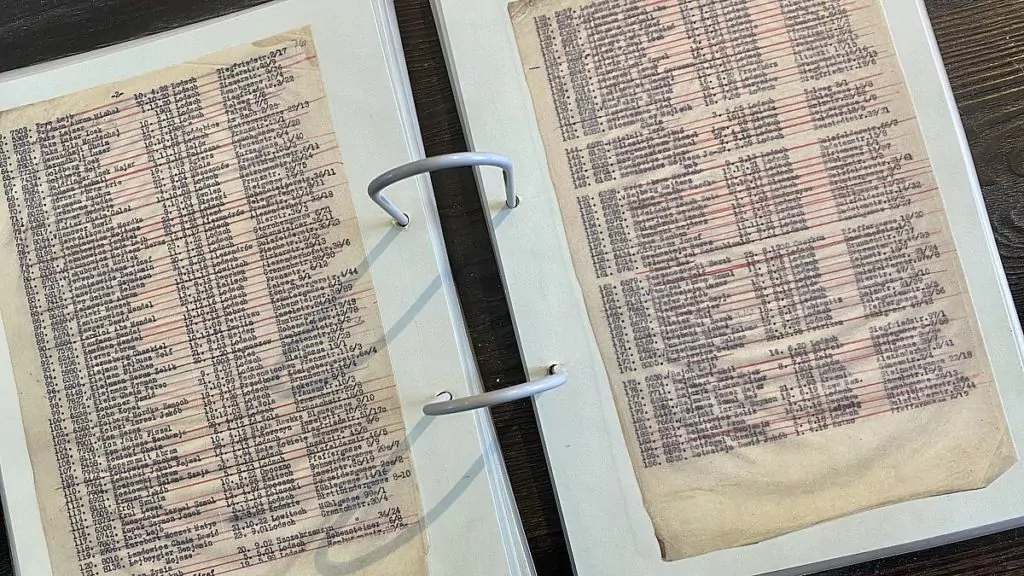
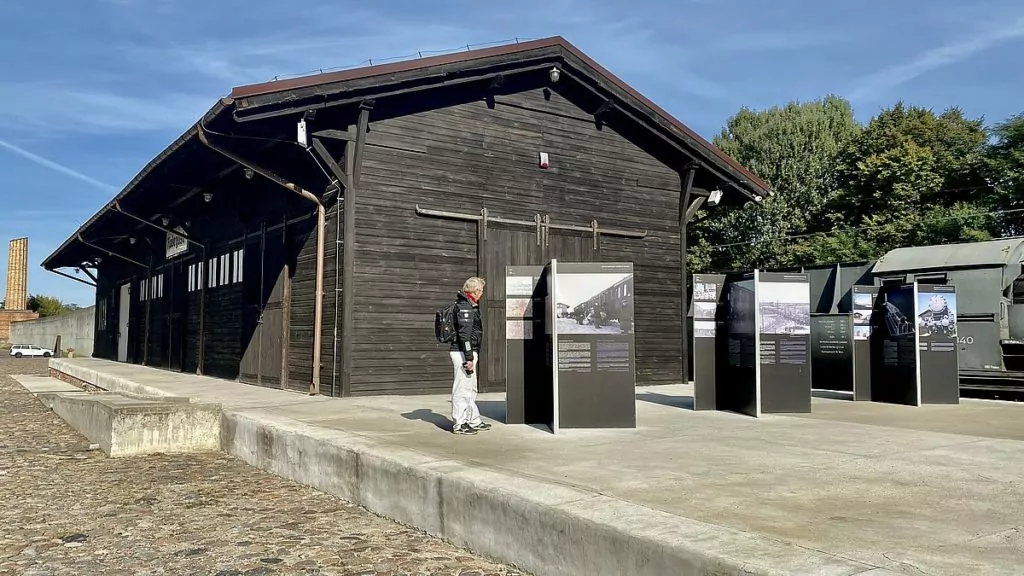
Tunnel of the Deported
The largest building on the site is the 'Tunnel of the Deported', built along the ghetto's railway tracks and completed in 2005. The tunnel is made of concrete and extends 160 metres. The years of the Second World War are inscribed on the outside, and on the inside these years are supplemented with important facts about life in Łódź (Litzmannstadt) during the occupation.
On the inside of the walls you can also see lists of the names of the people transported to and from the ghetto, arranged in chronological order. There are 34,000 names, as well as a white page symbolising the names that have disappeared.
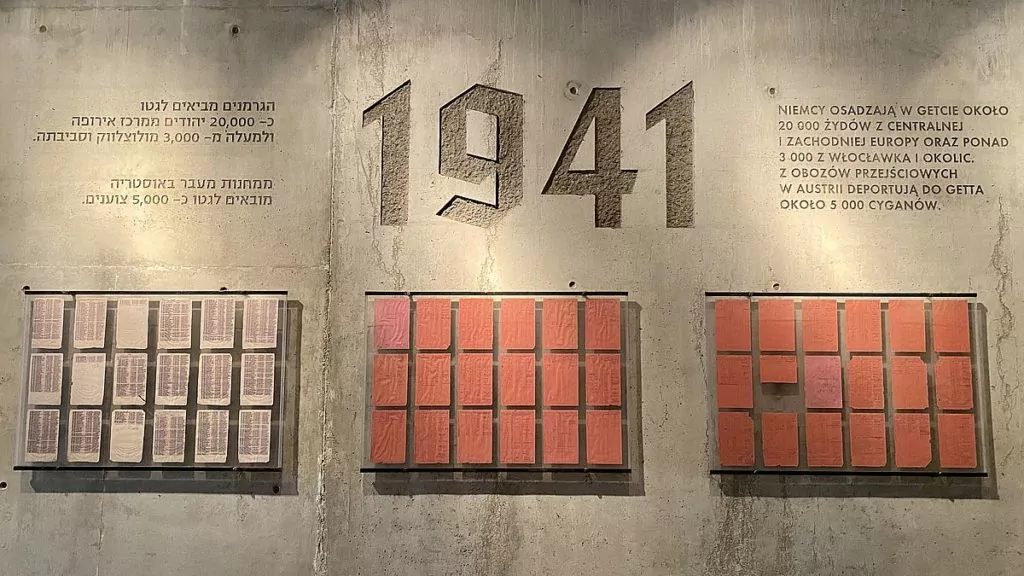
Hall of Cities and Column of Remembrance
At the end of the tunnel is the so-called "Hall of Cities", with the names of all the cities from which Jews were brought to the ghetto.
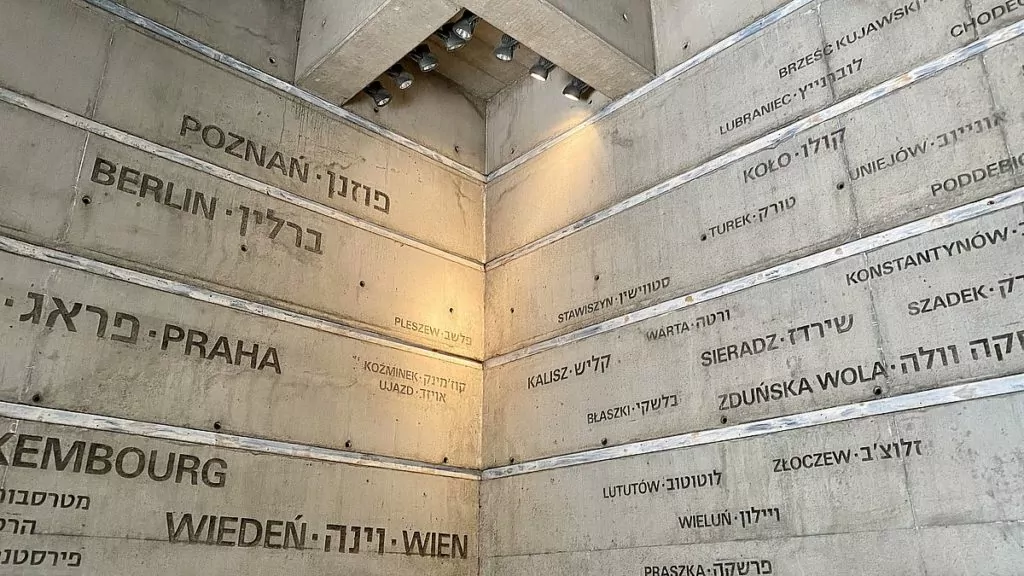
At the top of the hall rises a tall column called the 'Column of Remembrance'. The column is 25 metres high and its shape is reminiscent of a broken Doric column, a symbol from cemetery art that visualises lives ending prematurely. Above the entrance is the fifth commandment - Thou shalt not kill.
Overall, it is estimated that around 200 000 people lived in the Łódź ghetto between 1940 and 1944, and of these only between 5 000 and 7 000 survived. Terrifying and shocking! It is difficult to describe the feeling in words, but we can say that it was a powerful visit.
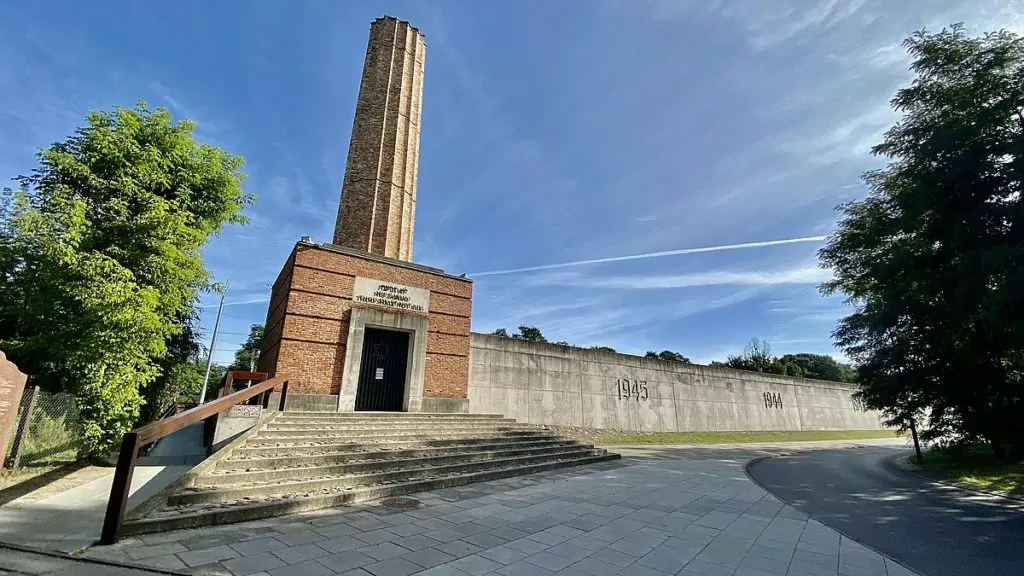
Jewish cemetery in Łódź
Not far from the Radegast railway station you will find the Jewish cemetery in Łódź. This is the second largest Jewish cemetery in Europe (after Berlin) and includes the mausoleum of Izrael Poznanski. Poznanski was one of the great industrialists of Łódź and the mausoleum is impressive. The cemetery is open every day of the week, except on Saturdays. Since we were here on a Saturday, we couldn't go in.
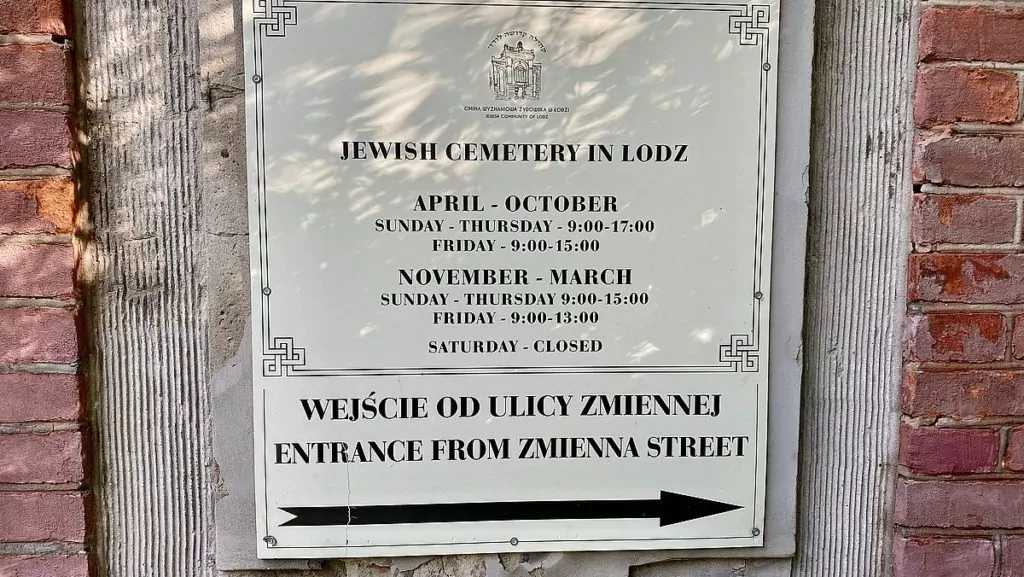
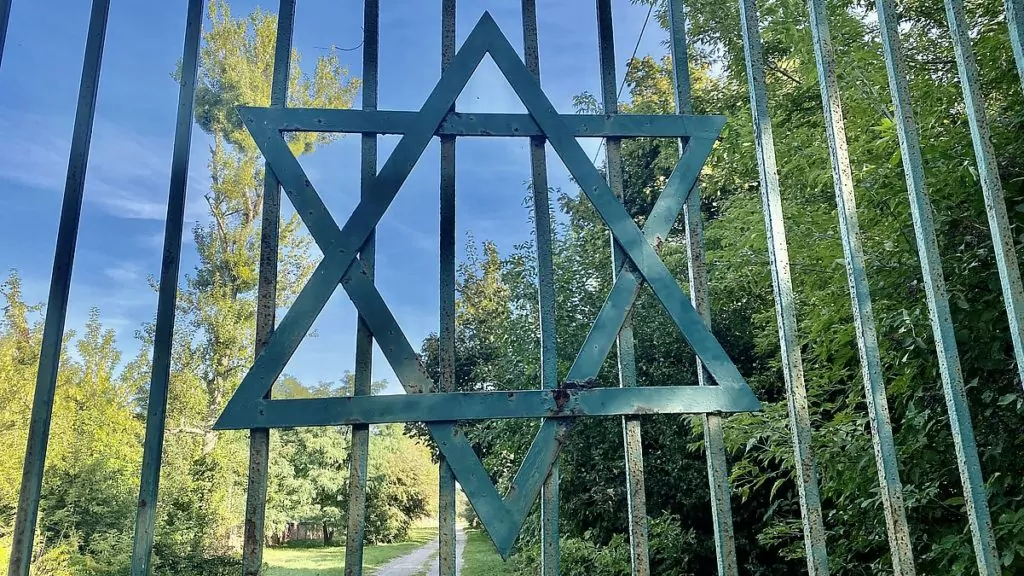
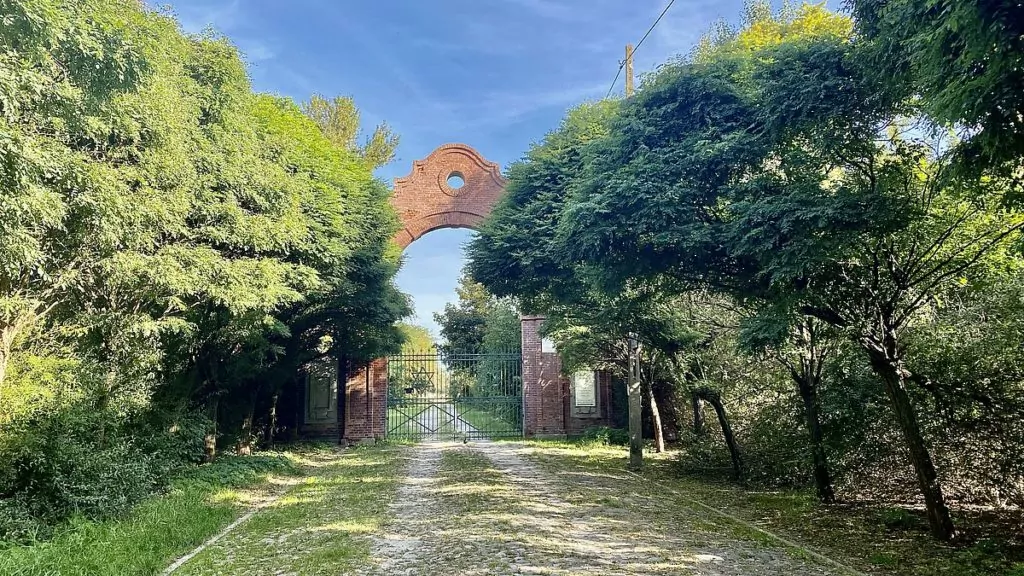
Staying in Łódź with your motorhome
We used the CamperContact app to find a pitch/parking area, which is located at the Park im Adama Mickiewicza. It's good on hard ground and there are small rubbish bins, but no other services. From the car park it takes about 15 minutes to cycle to Manufaktura, and about the same time to cycle to Radegast train station.
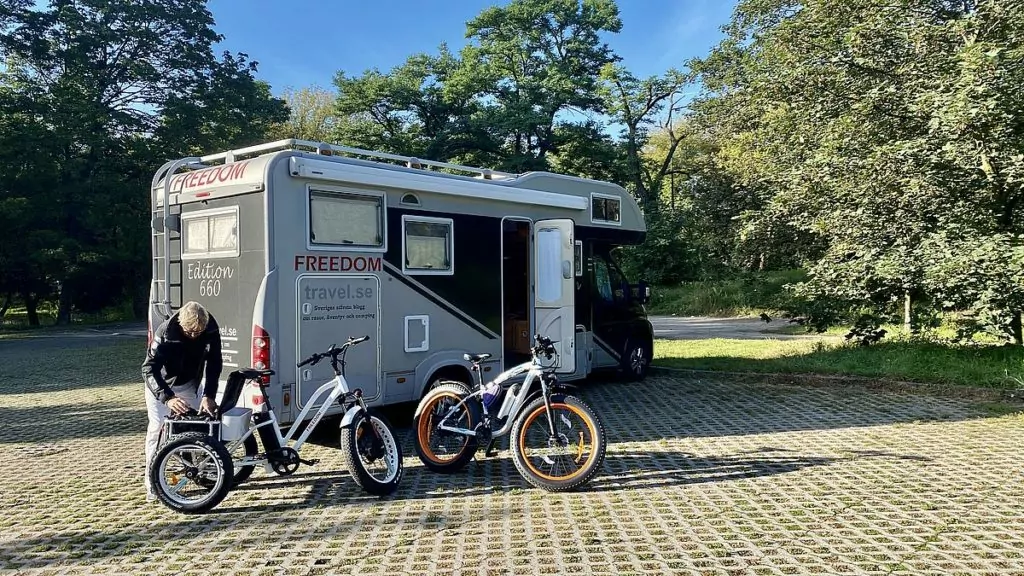
Malmö-Świnoujście with Finnlines - a comfortable crossing
Writer: Helena Bergström When it was time to leave Sweden, we travelled Malmö-Świnoujście with Finnlines. This ...
Christmas market in Warsaw with fabulous decoration
Yesterday we went to the Christmas market in Warsaw. We were not lucky with the weather so to speak....
Gdansk - Nynäshamn with Polferries
Yesterday it was time to leave Poland and head for the ferry. We had to wait a long time in...
Recipe for Zurek - we cook Polish soup
Today's recipe is for zurek, our absolute favourite soup in Poland. I don't think we ever...
With Polferries to Poland - and a visit to Gdansk
We have embarked on a small road trip, which started with Polferries to Poland, from...
Rewa in Poland - a swimming and surfing paradise
Rewa is located on the Polish coast, not far from the larger city of Gdynia. This is a...
Sailing trip through the Oder Lagoon - Szczecin Lagoon
We have experienced a wonderful sailing trip through the Oder Lagoon, located on the border between Germany and Poland,...
Travelling by motorhome in Poland - all you need to know
What is it like to travel with a motorhome in Poland? We've just come home after...
Łódź in Poland - 15 things to see and do
Łódź in Poland, is it a city you ever thought of visiting? If not, then...
Maszoperia - nice campsite on the Hel peninsula in Poland
Now we've found a nice campsite on the Hel peninsula in Jastarnia, about halfway out of...
Camping Metropolis in Sopot, Poland
We are at Camping Metropolis in Sopot and have now been joined by Peter's brother ...
Polish beautiful coastal road - FREEDOMtravel themed roads
Writer: PETER BERGSTRÖM The Polish Beautiful Coastal Road is a themed route that takes you along the entire northern...
Visenter in Poland - Bialowieza Forest, Bialowieza National Park
Mink in Poland! We have long dreamed of seeing wild bison in Poland and to...
Things to do in Swinoujscie, Poland - 7 tips
What to see and do in Swinoujscie, Poland? This time we came here with...
Things to do in Sopot, Poland - our top 11 tips
What to see and do in Sopot, Poland? Sopot is a lovely holiday resort with...
Krynica Morska on Vistula Island - a holiday resort in Poland
Krynica Morska is located in north-eastern Poland, on the Vistula Island, and is a popular holiday and seaside resort. We...
Luxury hotels in Warsaw - Polonia Palace in Poland
The Polonia Palace in Poland is a 4-star and centrally located luxury hotel in Warsaw with 206 rooms...
Łeba - a mysg holiday favourite in Poland
Poles love Łeba (pronounced Weba), and no wonder. Here you will find long white...
Mechelinki - The charming little fishing village in Poland
Mechelinki used to be a small sleepy fishing village on the Polish Baltic Sea coast. Not far from here are holiday resorts...
Gdansk in Poland - 25 tips for things to do
Gdansk in Poland is, in our opinion, one of the country's finest cities. The Hanseatic city of Gdansk is located on the...
Baranow Sandomierski - castle in eastern Poland
We have now started the exciting journey eastwards in Poland! From having recently been in...
Wieliczka salt mine, near Krakow, Poland
Today we went to the salt mine in Wieliczka in Poland. We were not the only ones,...
Slottsdalen vid Jelenia Góra i Polen – The Valley of Palaces and Gardens
Skribent: Helena Bergström Slottsdalen vid Jelenia Góra, i den sydvästra delen av Polen, är en dal…
Wroclaw in Poland - 14 tips for things to see and do
Wroclaw in Poland is a city full of beautiful and colourful houses. Here you can stroll...
Polish roads and camping in the mountains
Now we've travelled from Swinoujscie in northern Poland all the way down to the mountains of...
Holidays in Zakopane - on the Tatra Mountains in Poland
Holidays in Zakopane! We have travelled to Zakopane, located in the Tatra Mountains in Poland, south...
10 beautiful places in Poland you don't want to miss
There are plenty of stunningly beautiful places in Poland, and here we highlight some of the...
Nicolaus Copernicus' house in Torun, Poland
The Nicolaus Copernicus House in Torun is a museum that tells the story of the life of the astronomer Copernicus,...
Camping Stogi in Gdansk - on the Polish coastline
Now we have made it to the Stogi campsite in Gdansk. We have been here before, but...
Beachfront holiday apartment in Poland
Our friends have bought an apartment in Mechelinki, Poland. It is a newly built...
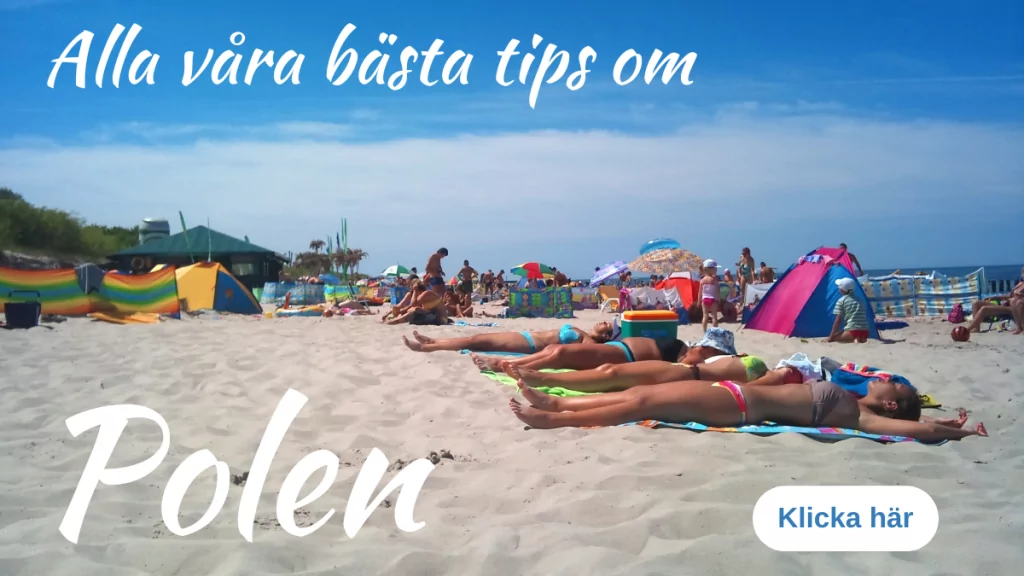


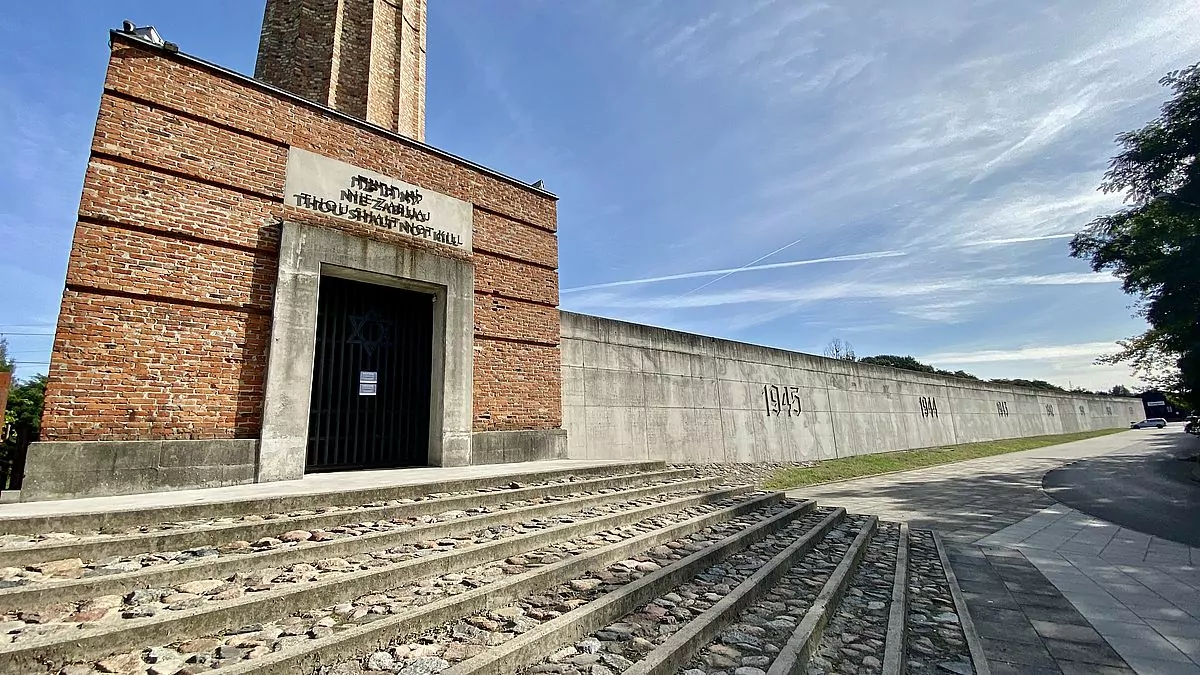






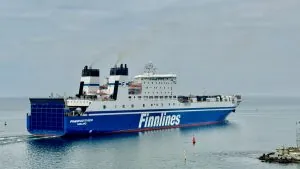
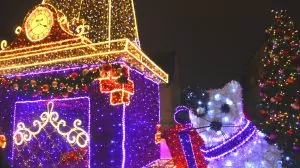
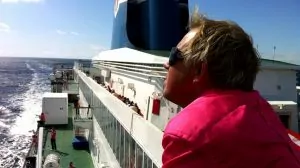

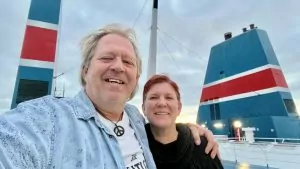
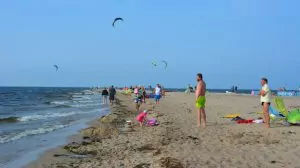
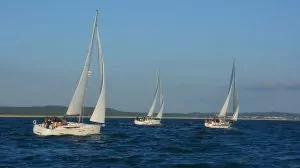
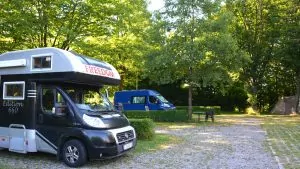
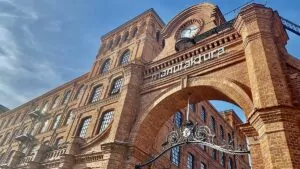
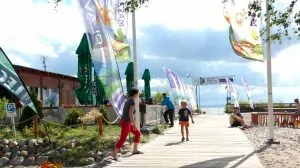
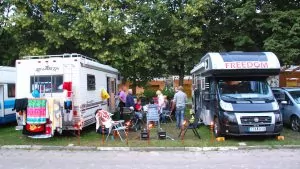
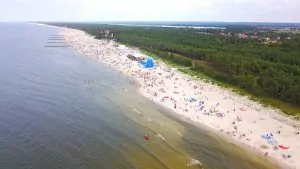
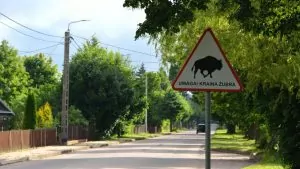
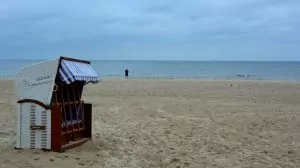
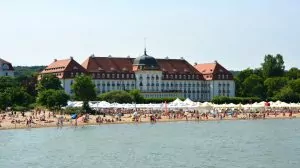
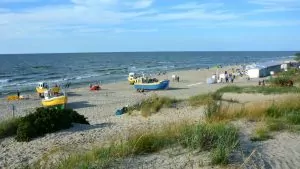
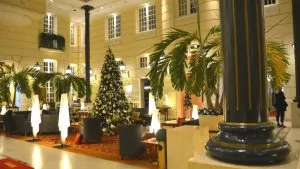
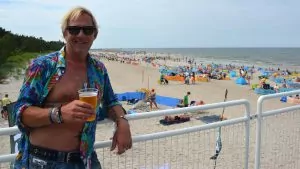
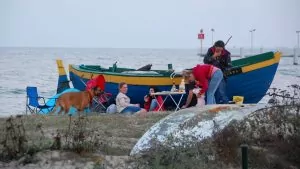
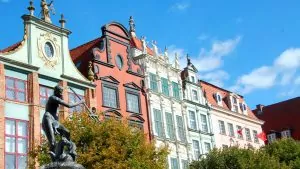
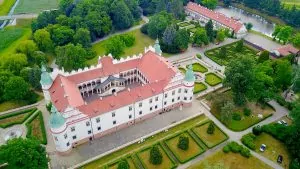
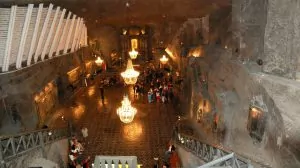
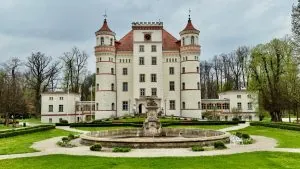
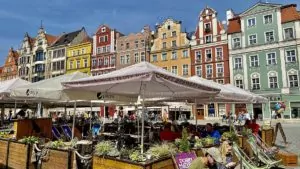
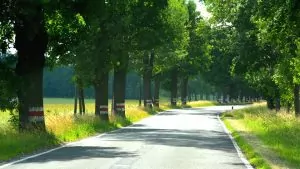
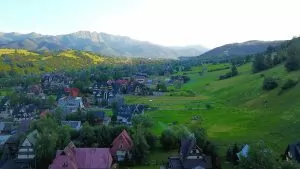
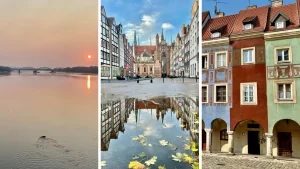
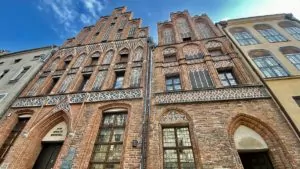
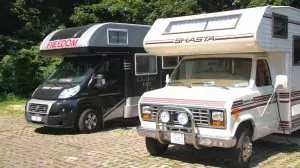
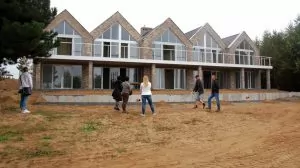



BP says:
It must have been a very strange feeling to look at the train carriages and remember the Holocaust. May it never happen again!!! It is good that Radegast has been preserved among many other concentration camps so that everyone can remember. Because soon there will hardly be any witnesses left to tell their stories.
21 September 2020 - 20:22
Helena says:
Yes, strange and terrible, but important! So unimaginable. You try to understand, but it's not possible. Very important that these places remain!
22 September 2020 - 7:22
Lena - good for the soul says:
Oh dear. When I read about things like this, I always hold my breath. It's a very strong and dark time in our history. I have never been to such a place myself, but we have talked about going to Poland. Terrible, but important.
Hug Lena
23 September 2020 - 5:53
Guzzi Lemans says:
It is poignant, sure. But there are other stories at least as frightening as the Holocaust. However, it is this one that has been most widely reported as it happened on a more industrial scale and was very organised. It's a bit different from dropping bombs on villages in Vietnam, for example.
22 November 2020 - 20:15